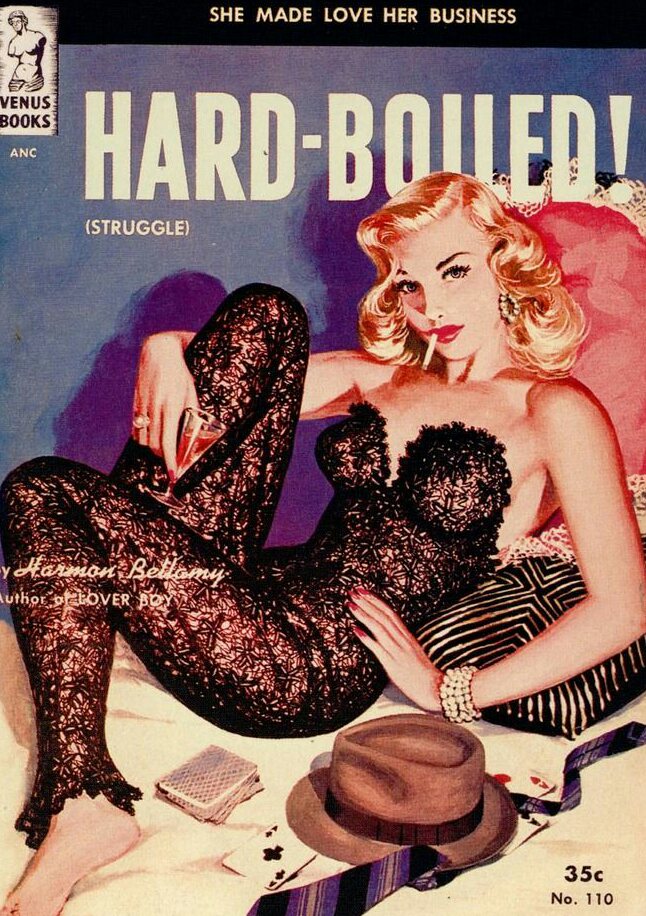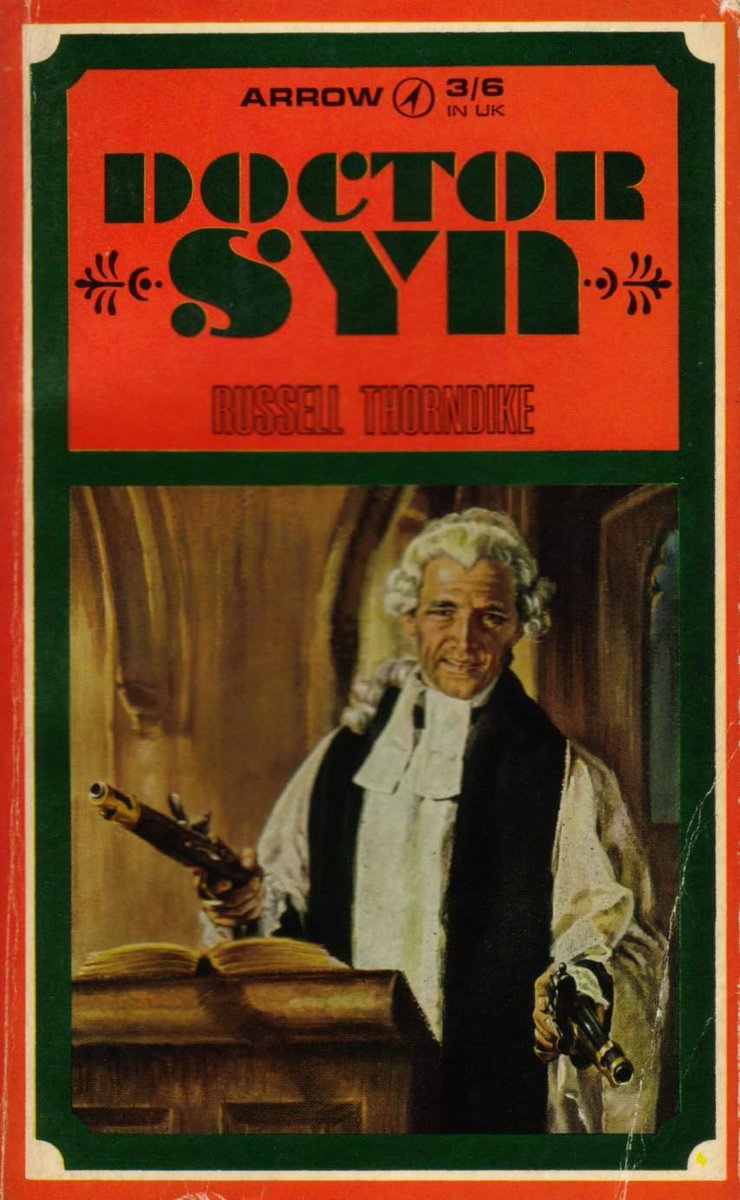Josef Rudolf Witzel was an illustrator and painter born in Frankfurt in 1867. He was also one of the pioneers of art nouveau in Germany. 

Witzel studied art at the Staatliche Hochschule für Bildende Künste in Frankfurt, before moving to Munich in 1890. It was in Munich that J.R. Witzel met Franz Von Stuck and The Secession, a group of artists who stood against official paternalism in art. 

In 1896 J.R. Witzel began producing cover art for a new publication. Jugend ("Youth") was a German art nouveau magazine founded by Georg Hirth. Witzel's style fitted well with Hirth's idea of "Jugendstil." 



Josef Witzel contributed illustrations to Jugend up to the start of World War One. After that he worked mostly on commercial poster art. 



Witzel's illustration style is both intricate and sparing: he uses just enough lines to capture the flow of natural forms. 

Josef Witzel passed away in Gräfelfing in 1924. By then Art Deco had replaced Art Nouveau in the public taste, but Witzel will always be remembered as one of the fathers of Jugendstil. 

You can browse Jugend online, thanks to the ever excellent University of Heidelberg archives: digi.ub.uni-heidelberg.de/diglit/jugend Do see what you think.
Bis zum nächsten Mal...
Bis zum nächsten Mal...

• • •
Missing some Tweet in this thread? You can try to
force a refresh
























